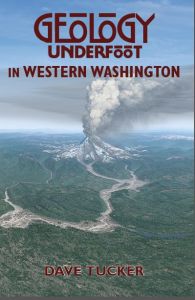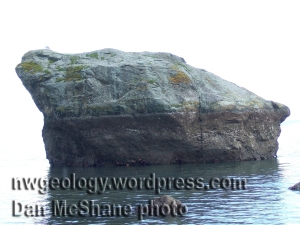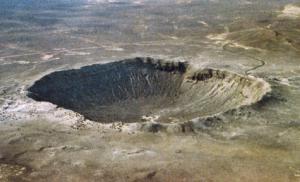Susan Dickerson-Lange (WWU alum) is working toward a PhD at the University of Washington involving snow hydrology and would like your help. Read below.
_____________________________________
Are you planning any mountain adventures this spring and summer? We are looking for help from outdoor enthusiasts to collect snow observations as the snowpack melts across the Pacific Northwest.
We need on-the-ground observations of snow presence in forested and open areas, and are looking for hikers, skiers, snowmobilers, and mountaineers to contribute.
Simply take geotagged photos of snow (or no snow) in adjacent forested and open areas and send them to:
uwsnowresearch@gmail.com
…or submit written observations via an online or paper form.
For information, including about geotagging, and a short training video:
http://depts.washington.edu/mtnhydr/research/citsci.shtml
Please spread the word, and contact me if you have any questions or ideas!
thanks,
Susan
____________________________________
Susan Dickerson-Lange
Mobile: (253) 225-9909
Twitter: @SDickersonLange
Ph.D. Student, University of Washington
Civil and Environmental Engineering
Mountain Hydrology Lab
http://students.washington.edu/dickers/
0.000000
0.000000
Filed under: citizen science, global climate change | Tagged: citizen science, mountain hydrology, snow hydrology, Susan Dickerson, University of Washington forest snow survey | Leave a comment »









